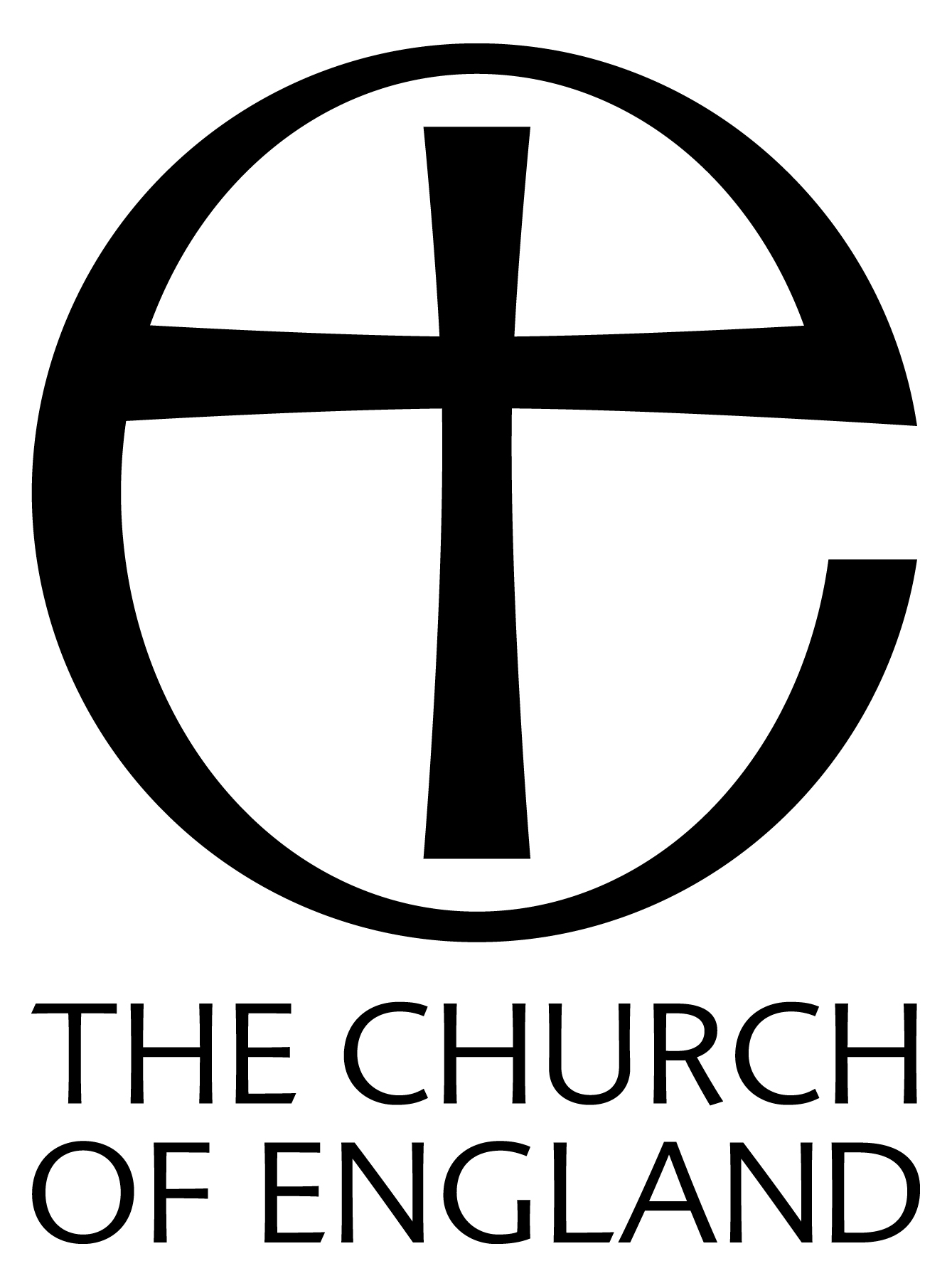Reproduced from
DRYPOOL -
Being a History of the Ancient
Parish of Drypool cum Southcoates
by M. Edward Ingram (1959)
by M. Edward Ingram (1959)
| < < < | > > > |
|
Sometimes differences of opinion led to more than arguments. There are no records of such happenings in the church, but in 1619 Robert Bromflete was charged with" beatinge and drawinge bloud of William Crake younger in the churchyarde." Not so vicious, but equally disturbing to the peace, was the case of Robert Cowlinge, who in 1640 was presented" for abusing William Wadworth, churchwarden by words." Possibly, like John Dringe three years before, he had refused to pay" the Cesse towards the repaire of the Church, being in all 12d." The first hint of the approaching political storm comes in 1640 when an entry in the register reads: " A youth that followed the souldiers towards Scotland buried Julie the 30th." The soldiers formed part of Charles's army sent up to Scotland to take part in the first Bishops' War, the King's answer to the National Assembly, which had abolished Episcopacy and the Prayer Book. Thrice during the next three years Hull became a storm centre, as the King tried to capture it and its important magazine. Drypool, at the mouth of the river, could not have been unaffected. There were two sieges-that of 1643 being the most severe. Hollar's Plan of Hull, drawn in 1640, shows the village now lying entirely to the north of the church. Some of the houses are quite close to the castle walls, and these like the Charterhouse were probably destroyed to deny their use to the besiegers. |
As passions became stronger, political Puritanism gained the upper hand, and the clergy became the butt of the ruling faction. Those who remained loyal to the King and Church principals were termed scandalous ministers and were ejected from their benefices. The first to suffer was Maurice Corney, of St. Mary's, the hero of the plague visitation, who was forced to flee in 1642. Nine years later there were two further ejections-John Boatman, also of St. Mary's, who appears to have intruded himself there, and William Stiles, vicar of Hessle cum Hull, an undoubted Puritan, but apparently not a Republican. Both were ejected for refusing to take the Engagement which established the Commonwealth and abolished Episcopacy. We have no evidence of an ejection at either Sculcoates or Drypool. George Coke was still there in March, 1640, when he signs the register for the last time. We do know, however, that he had left Drypool by 1646. In 1650, the Commonwealth ordered a survey to be made of all benefices, and from this we learn: "Dripoole hath a parochiall chapel depending upon Swine. The tithes belong to the lordships of Dripoole and Sudcoates, and are worth yearly the value of £31. Out of which they should provide a minister, but have not had one for four years and a halfe." |

|
|

|
|